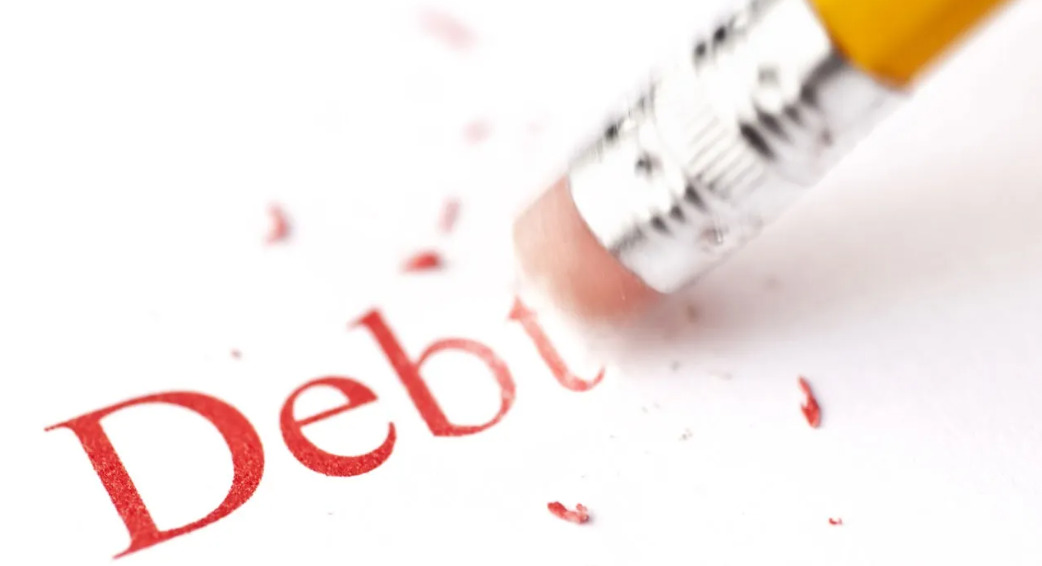It’s difficult to get out of debt. Sometimes it takes everything you’ve got to pay your bills on time and put money away for an emergency. However, if you just pay your creditors the minimal amount due, you run the risk of sliding into debt traps from which it may take you months or years to escape.
Debt can increase borrowing costs and make it more challenging to qualify for additional loans. Additionally, it can keep you from getting your ideal career.
Fortunately, there are several debt relief options that won’t make your life unpleasant. You can change your spending habits to make extra payments toward your bills each month, or you can restructure your accounts with a debt consolidation loan or balance transfer credit card. Adopting the debt snowball method or using financial windfalls to pay off your balances more quickly are two more potential options. You could also settle your debts for less than what you owe as a final option. The best approach for you will depend on your particular circumstances and financial objectives.
Pay more than the minimum payment
Examine your spending plan to determine how much extra you can contribute to your debt. By paying more than the minimum, you can reduce your interest costs and pay off your debt sooner.
Try the debt snowball
You can also try the debt snowball strategy if you are paying more than the required minimum. With the exception of the smallest obligation, which you will pay as much as you can, this debt repayment strategy urges you to make the minimal payment on each bill. You can swiftly pay off your smallest debt by “snowballing” payments toward it, then move on to the next-smallest loan while making minimal payments on the rest.
Refinance Debt
Debt consolidation can help you pay off debt more quickly and save you hundreds of dollars in interest. Mortgages, vehicle loans, personal loans, and student loans can all be refinanced.
A debt consolidation loan, a personal loan that can have lower interest rates than your current loans, is one option to accomplish this. If you owe money on credit cards, you might also think about shifting the debt to a balance transfer card. For a set period of time, usually between six and 18 months, these cards carry 0% APR.
Commit windfalls to debt
If you receive a tax refund or a stimulus check, pay down your debt with the money rather than putting it in your bank account or treating yourself. You can choose to spend the entire windfall or divide it equally between pleasurable expenditures like a future vacation or pricey dinner and debt.
Inheritances, employment bonuses, and monetary gifts are additional unanticipated windfalls that can be used to accelerate debt repayment. Keep in mind that every little dollar counts toward your debt-reduction objectives.
Settle for less than you owe
Additionally, you can call your creditors and negotiate a debt settlement—typically for far less than you owe. While it is feasible to handle this on your own, a number of third-party businesses also charge a fee for their debt settlement services.
Re-examine Your budget
You can either make more money or cut back on spending to pay off your debts more quickly. You might not be able to start a side business or work a part-time job, but you can change your spending.
Start by going through each line item in your budget and placing them in order of significance. Each line item should be categorized as a need or a want, with an emphasis on costs that can be cut or eliminated. Make the necessary adjustments to your spending plan, and then use the extra cash to pay more each month toward your debts.
Breaking free from the bonds of debt bondage can be difficult. But by employing these techniques, you can start taking steps toward debt relief and a better financial outlook. Once your balances are paid in full, just be sure to understand how you first fell into debt and change your behavior to stop yourself from going through the same cycle again.


